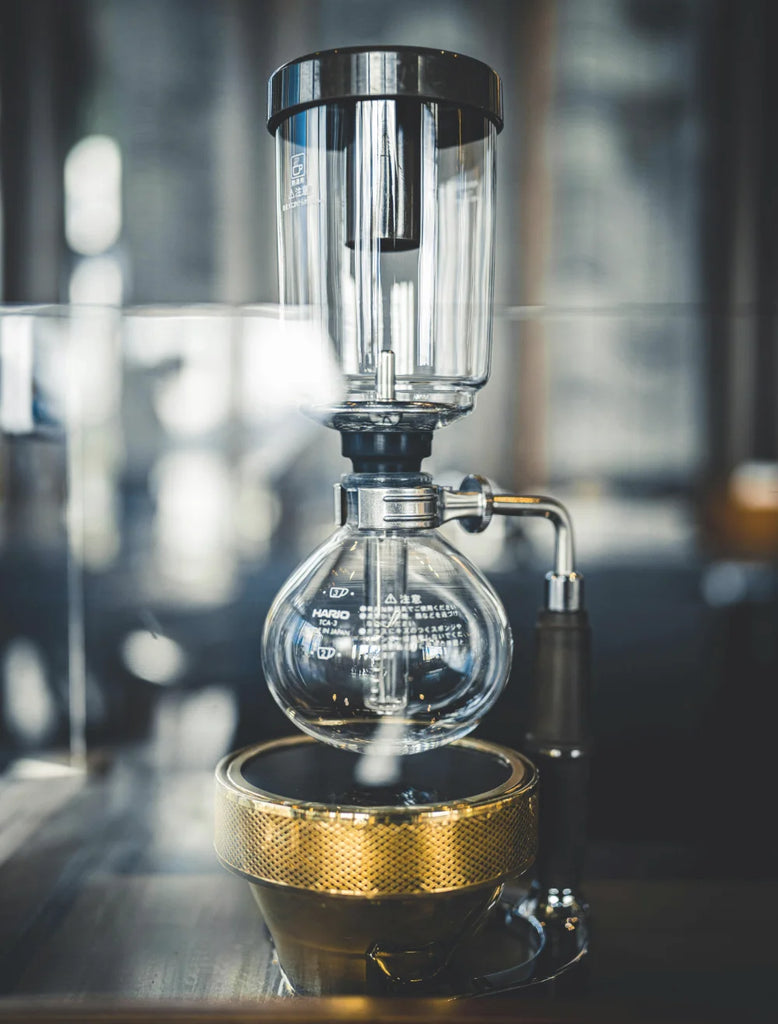
Unveiling the Chemistry of Coffee: Exploring the Mysterious Compounds Behind Flavor and Aroma

Unveiling the Chemistry of Coffee: Exploring the Mysterious Compounds Behind Flavor and Aroma
Introduction:
Coffee is much more than just a morning pick-me-up; it's a complex beverage with a rich tapestry of flavors and aromas. Behind every sip lies a fascinating world of chemistry, where a myriad of compounds interact to create the distinctive characteristics that coffee lovers cherish. In this article, we embark on a journey into the science behind coffee, exploring the mysterious compounds responsible for its diverse flavor profiles.
The Chemistry of Coffee:
Coffee owes its complex flavor and aroma to a wide array of chemical compounds, each contributing its own unique characteristics. One of the key groups of compounds found in coffee is polyphenols, which include chlorogenic acids and flavonoids. These compounds not only contribute to the bitter taste of coffee but also possess antioxidant properties that may offer health benefits.
Another essential component of coffee flavor is volatile compounds, which are responsible for its aromatic profile. These compounds develop during the roasting process through a series of complex chemical reactions. For example, Maillard reaction and caramelization are two crucial processes that occur during roasting, resulting in the formation of hundreds of volatile compounds that contribute to coffee's aroma, including fruity, floral, and nutty notes.
Acids also play a significant role in coffee flavor, contributing to its brightness and acidity. Malic acid, citric acid, and acetic acid are among the acids found in coffee, each adding a distinct tanginess or tartness to the brew. Additionally, caffeine, a well-known stimulant, contributes to the bitterness of coffee and also influences its flavor profile.
The Impact of Brewing Methods:
The chemistry of coffee extends beyond the bean itself to the brewing process. Different brewing methods extract different compounds from the coffee grounds, resulting in variations in flavor, body, and acidity. For example, brewing coffee with a French press allows for more oils and sediments to remain in the final cup, resulting in a fuller body and richer flavor. In contrast, espresso brewing, with its high pressure and short extraction time, extracts more of the coffee's aromatic compounds, resulting in a concentrated and intense flavor profile.
The Role of Water:
Water quality also plays a crucial role in the chemistry of coffee. The mineral content, pH level, and temperature of the water can all affect the extraction process and ultimately the flavor of the coffee. Hard water, for example, with its high mineral content, can lead to over-extraction and a harsh, bitter taste, while soft water may result in under-extraction and a weak, flat flavor.
Conclusion:
Coffee is a beverage that transcends cultural boundaries, enjoyed by millions of people worldwide for its rich and complex flavors. Behind its allure lies a fascinating world of chemistry, where a symphony of compounds interacts to create the distinctive characteristics that coffee lovers cherish. By understanding the science behind coffee, we gain a deeper appreciation for this beloved beverage and the artistry involved in its preparation. So, the next time you savor a cup of coffee, take a moment to appreciate the intricate chemistry that makes it truly special.






